 Written by: Peter Noble
Written by: Peter Noble
Advertising is a team sport. And being successful in this arena isn’t just a matter of having ninja-like InDesign skills or being near-clairvoyant in media planning. Success is built on a foundation of basic personal characteristics and abilities.
Having coached 10 Ad Teams that competed in the National Student Advertising Competition (including two National Championship winners), I’ve found three essentials that contribute to personal and professional success — Focus, Accountability, and Communication. Each of these is important on its own, and when combined, they become a powerful base for navigating the world of teamwork.
FOCUS
It’s very easy to get distracted in today’s multi-screen, information/entertainment-rich environment. Multitasking isn’t the answer. It simply doesn’t work. When you divide your attention among several tasks at the same time you can’t effectively focus on the task at hand. Multitask planning is the solution to juggling multiple obligations. Prioritize and plan your work to fully engage in each individual area. Focusing on what’s important at the time allows you to give your work the full attention that’s necessary to do your best work within the required time allotment.
ACCOUNTABILITY
Trust and confidence on teams are the glue that holds everything together. If you accept an assignment, you have to deliver. Your and your team’s success depends on it. Delivery is measured both as a process and a product. It means that you get the work done in an efficient, friction-free manner, you submit high quality work, and you absolutely get it done by or before the agreed deadline. When you own the work and you deliver on quality and timeliness, you earn the team’s trust and confidence.
COMMUNICATION
It’s ironic that despite the fact that we’re in the business of communication many of the common problems in a team environment are rooted in miscommunication. Effective communication starts with a clear understanding of what needs to get done, how it’s to be accomplished, and when it needs to be completed. Once that’s established, communication throughout the process of the work is essential. Simple things like asking for additional resources and providing updates on milestone events can ensure success.
Focus, accountability, and communication aren’t the only elements of success in this business, but mastery in those three basic areas will give you an edge in this fast-paced competitive environment. The same benefits apply to success in life.




 Attendees included Visiting Professor Yuting Li, Head of the Advertising Department, Guangdong University of Finance & Economics, China as well as colleagues from across campus. Often the work is related to research, but can also involved creative works and industry endeavors. Our next brown bag will be in December. Keep your eye out for highlights from December’s presenter!
Attendees included Visiting Professor Yuting Li, Head of the Advertising Department, Guangdong University of Finance & Economics, China as well as colleagues from across campus. Often the work is related to research, but can also involved creative works and industry endeavors. Our next brown bag will be in December. Keep your eye out for highlights from December’s presenter!
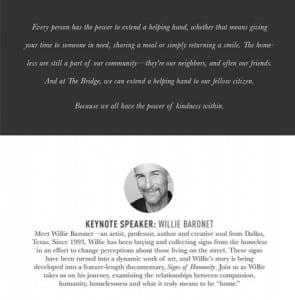

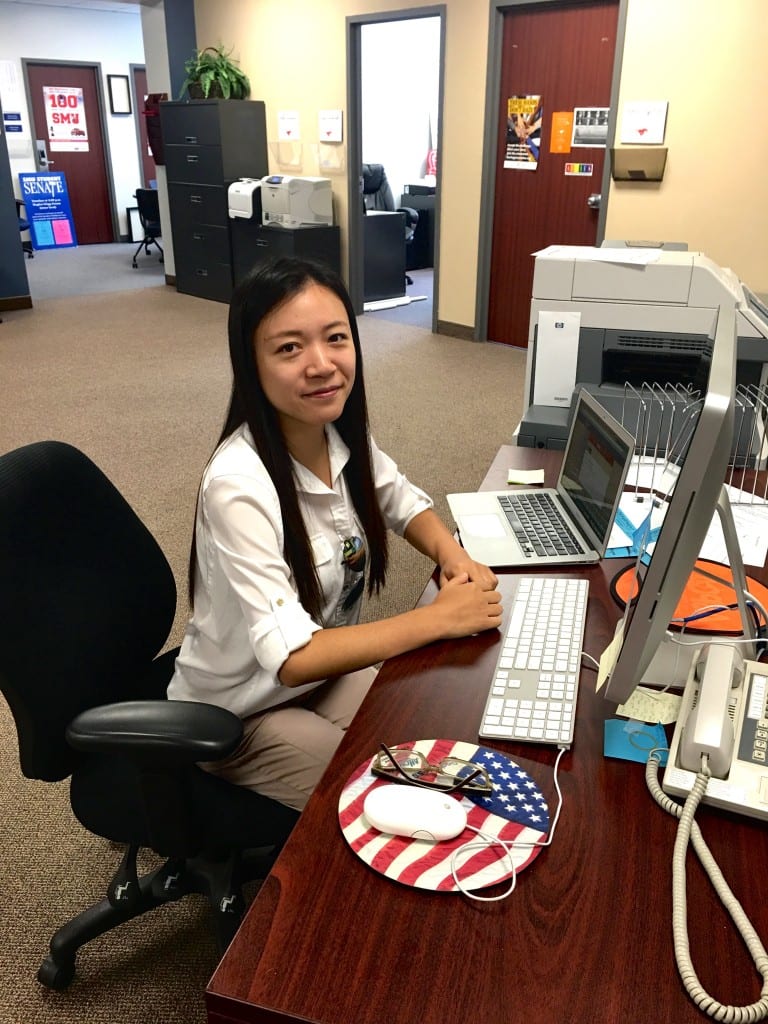

 I draw an enormous amount of inspiration as a teacher and researcher from our fantastic TAI alumni, many of whom are incredibly enterprising. A recent example is the award-winning advertising campaign for the movie
I draw an enormous amount of inspiration as a teacher and researcher from our fantastic TAI alumni, many of whom are incredibly enterprising. A recent example is the award-winning advertising campaign for the movie 
 By
By 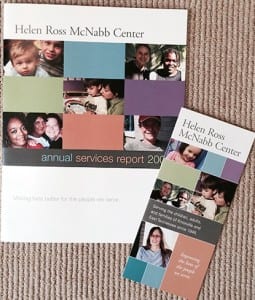
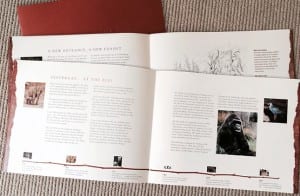
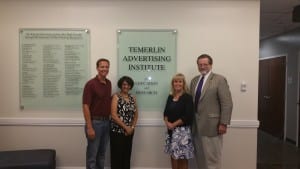
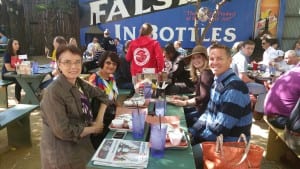

 My first day in New York was a scene right out of a movie. I managed to get myself to Target via subway, but had no idea how to get back home. The Uber driver who picked me up not only offered me his mixtape and a date the following weekend, but also dropped me off no where near where I needed to be. My phone died and my friends that I somehow managed to find accidentally put me on the wrong train home. When I finally made it back, I realized that between lugging my purchases from Target around town, and grabbing dinner, I had lost my ID to get into my room. I was feeling discouraged, but was hopeful for better days to come.
My first day in New York was a scene right out of a movie. I managed to get myself to Target via subway, but had no idea how to get back home. The Uber driver who picked me up not only offered me his mixtape and a date the following weekend, but also dropped me off no where near where I needed to be. My phone died and my friends that I somehow managed to find accidentally put me on the wrong train home. When I finally made it back, I realized that between lugging my purchases from Target around town, and grabbing dinner, I had lost my ID to get into my room. I was feeling discouraged, but was hopeful for better days to come. As the summer moved forward, I became more acquainted with the city and the people that came with it. The one thing that I loved most about interning in NYC and being apart of MAIP was that I had 80 other friends who were experiencing the same things I was. We made each other laugh, cooked dinner when someone was too busy to feed themselves, and always made it a point to keep everyone motivated. As interns and fellows, we learned to work hard and save some time to play as well. We filled our free days with visits to Coney Island, stuffing our faces with delicious food at Smorgasburg, and appreciating all of the art that NYC had to offer.
As the summer moved forward, I became more acquainted with the city and the people that came with it. The one thing that I loved most about interning in NYC and being apart of MAIP was that I had 80 other friends who were experiencing the same things I was. We made each other laugh, cooked dinner when someone was too busy to feed themselves, and always made it a point to keep everyone motivated. As interns and fellows, we learned to work hard and save some time to play as well. We filled our free days with visits to Coney Island, stuffing our faces with delicious food at Smorgasburg, and appreciating all of the art that NYC had to offer.